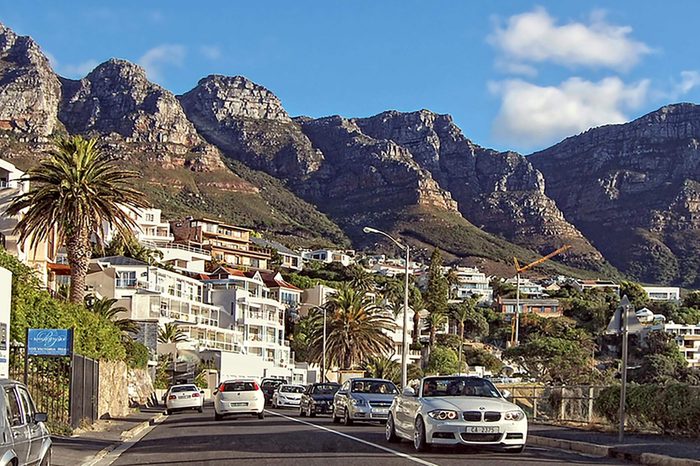
Cape Town, South Africa
Cape Town found itself in crisis in 2018 as the city braced for “Day Zero,” when little rainfall and low dam levels leave the city with no water. However, restrictions on water usage proved effective, and the city was able to push Day Zero back to sometime in 2019 and loosen the restrictions. The city has since established a “rainless day fund” to manage the financial risk of future dry spells. Other challenges facing Cape Town include “a growing population, contamination of rivers, [and] leakage from rickety infrastructure (including wastewater treatment facilities in disrepair),” Quartz Africa reports.
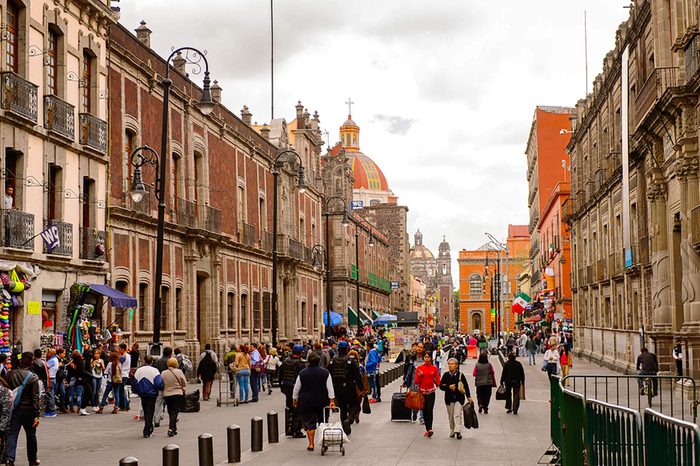
Mexico City, Mexico
Mexico’s capital grew 100 times its geographic size and seven times its population between 1950 and 2010, wiping out the area’s lakes and taking a toll on its underground aquifers. About 40 percent of Mexico City’s water supply is shipped in from far away, and much of the water that can be piped in is lost to leaks and thefts. About one in five residents don’t have access to water every day; some get running water once a week, and others once a month or so. The rest need their water delivered on trucks. No matter where you live, you should make sure you know these 17 things about tap water safety.
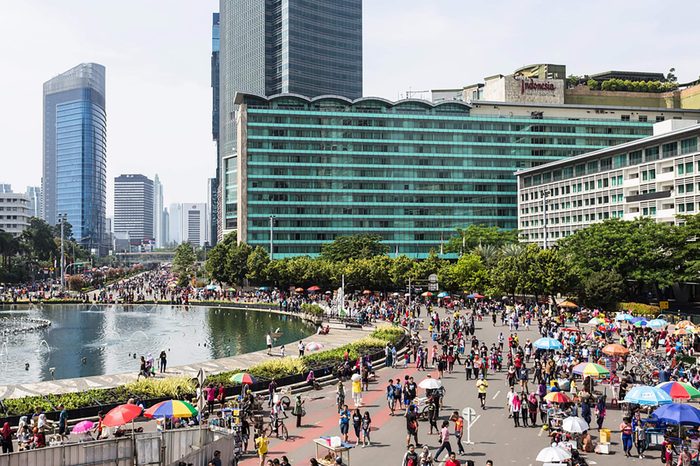
Jakarta, Indonesia
About 40 percent of Jakarta sits below sea level as it sinks faster than any other major city. The city is flooding, and the rainfall doesn’t help because concrete prevents water from seeping in to the ground. Piped water is so expensive that more than half of the population is forced to dig their own wells if they want water. The consequence is that digging illegal wells causes rocks and soil to collapse, causing the city to sink. To stop the well digging—and the floods it causes—Jakarta would need to find a way to deliver clean, piped water to its communities, but officials have yet to pinpoint a solution.
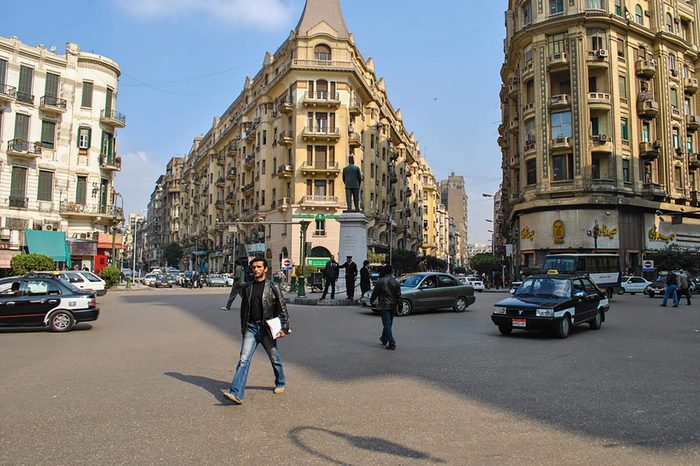
Cairo, Egypt
Nationwide, Egypt gets about 90 percent of its water from the Nile—but that supply could be in jeopardy now that Ethiopia is building a dam upstream. The dam is nearing completion, and Cairo is taking on a massive water treatment and desalination plant project to prepare for any effects on its water supply. However, Quartz Africa reports that, while the dam could harm Cairo’s water supply in the short term, the long-term effects could actually be beneficial; this remains to be seen once it fully takes effect.
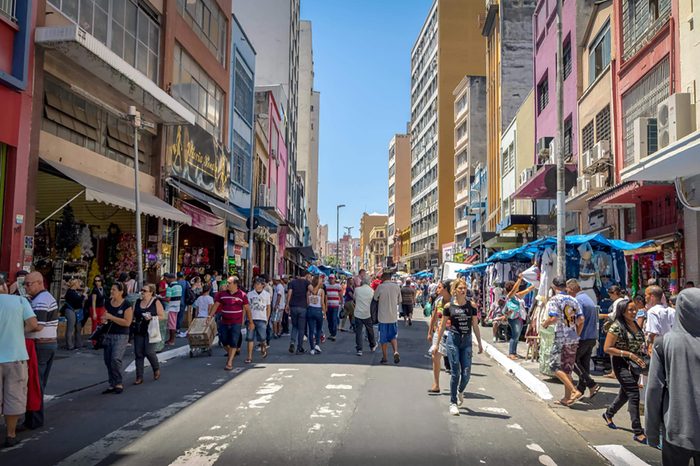
São Paulo, Brazil
In 2014 and 2015, São Paulo and nearby municipalities declared “states of calamity” as water reservoirs held just 5 percent of their maximum, which was only enough to supply the city for about a month. Deforestation of the Amazon rainforest—which creates humidity that helps rain clouds form—was said to contribute to the low precipitation, along with poor planning from authorities. When the city had less than 20 days’ worth of water left, a much-needed rainfall saved the city from shutting taps off to ration water, and the crisis officially ended in 2016. Still, experts worry the city is using water too quickly.
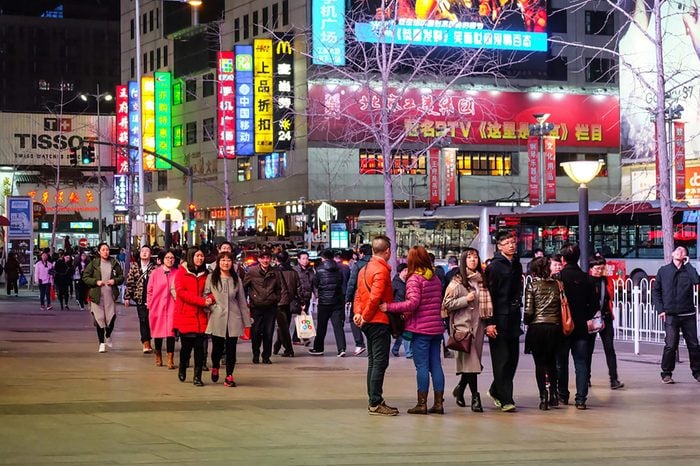
Beijing, China
Since 2014, China has spent $76 billion on aqueducts sending water from its rain-heavy rural South to parched Beijing in the North. The capital city now gets about 70 percent of its water from other parts of China, thanks to the project. As the population continues growing and farmers lose out on their precious resources for the sake of city dwellers, experts say the country will need to keep rethinking how it uses water to keep up with demand.
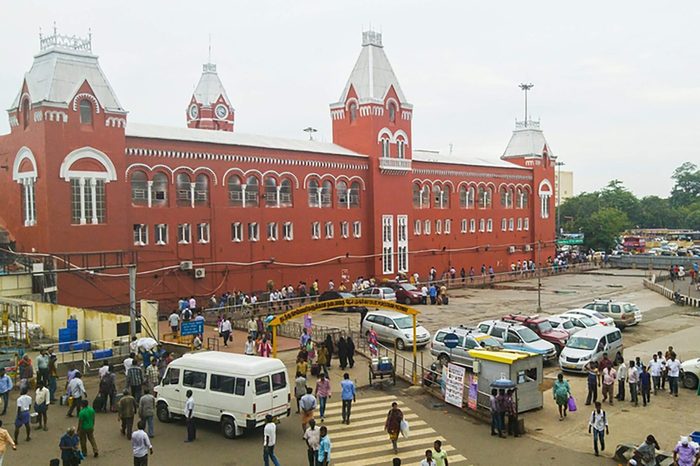
Chennai, India
In 2014, intense droughts dried up at least six lakes around Chennai, plus took a toll on the groundwater. The city, which had a population of six million at the time, was receiving only about half of the amount of the water it normally used every day. Some areas had water in their pipes only once every three or four days, and the water could stay for just an hour or two. Still facing droughts and some manmade issues, the city of now 11 million isn’t faring much better today.
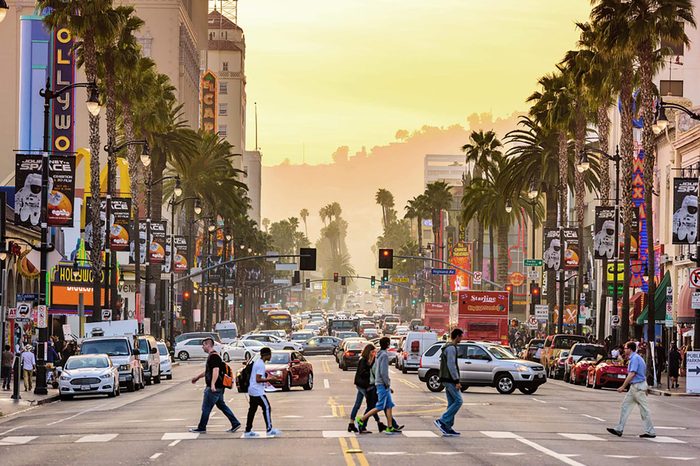
Los Angeles, California, United States
Los Angeles is under more “water stress” than any other U.S. city, according to a 2014 report. Even though L.A. has groundwater and aqueducts to nearby rivers, it’s been criticized for poor drought planning. About 80 percent of the city’s rainfall ends up in the ocean instead of pipes, because of—ironically—drainage systems built to prevent flooding. The city is making efforts to reduce evaporation from its reservoirs and recycle more water to prepare for longer droughts and a growing population.
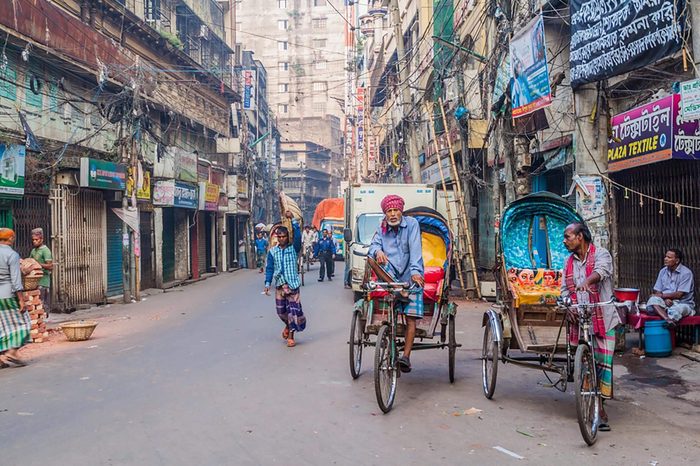
Dhaka, Bangladesh
As of 2016, the groundwater levels in Bangladesh’s capital had dropped 200 feet from the point they were 50 years before, and the level is expected to keep dropping nine more feet every year. Experts fear that over-pumping water in Dhaka leaves too little clean water for communities outside the city—but the big city isn’t immune to the water crisis. As seawater has started seeping in to the drinking water supplies, Dhaka is left with less and less drinkable water.
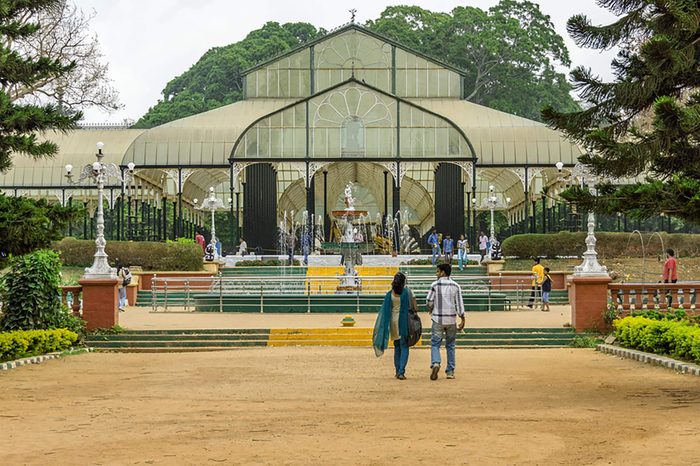
Bangladore, India
Droughts from recent years are causing Bangladore to run out of water. When the “Silicon Valley of India” doubled its population in the 2000s, urban development filled in hundreds of lakes and prevented rain from soaking into groundwater. In 2016, one professor predicted the lack of water would make the city unlivable within four years. While he took that doomsday prediction back, officials still worry he might not be far off. About half of the city’s population relies on tanks of water because the pipes have run dry, and tensions are flaring among citizens and the private water tanker owners overcharging them.
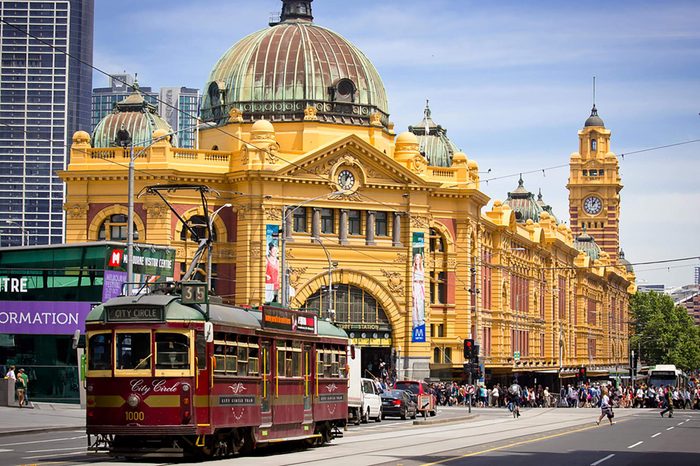
Melbourne, Australia
Between population growth and climate change, a recent Melbourne Water report estimated the city could start using more water than its dams can supply as early as 2028. Even a proposal to build up the desalination plant, which makes saltwater drinkable, would only increase water supply by about 0.1 percent.